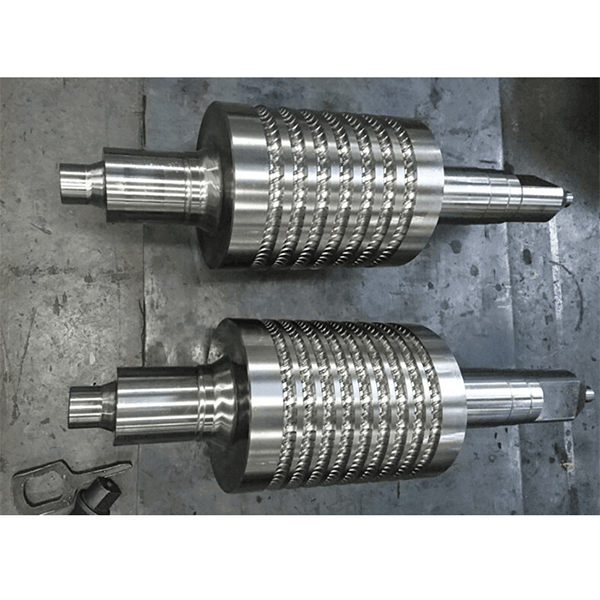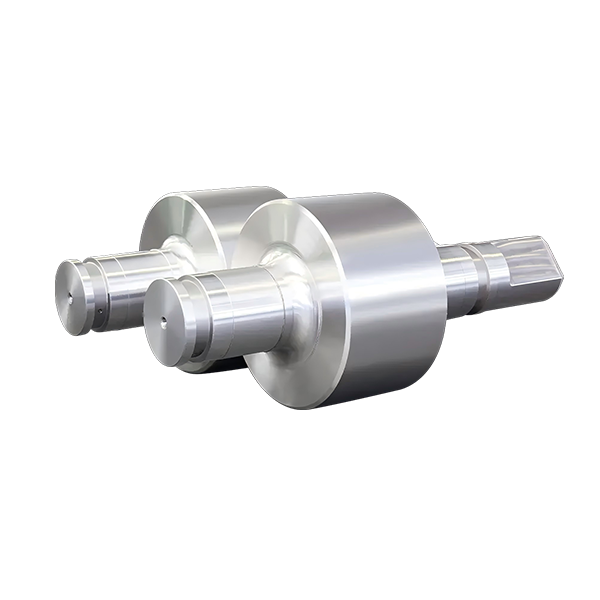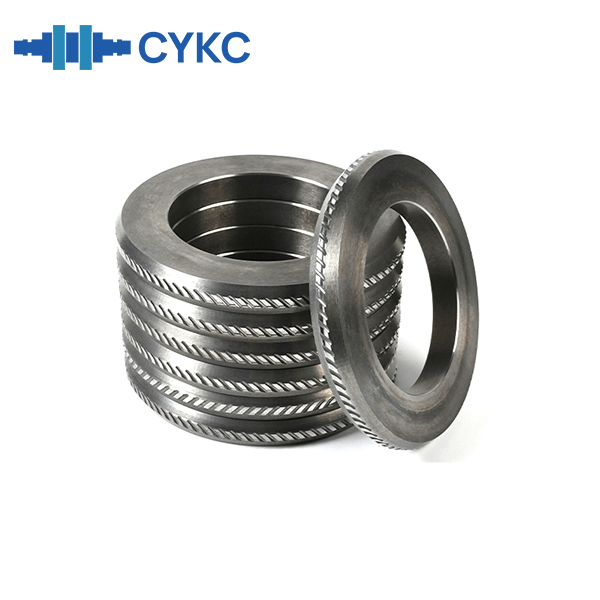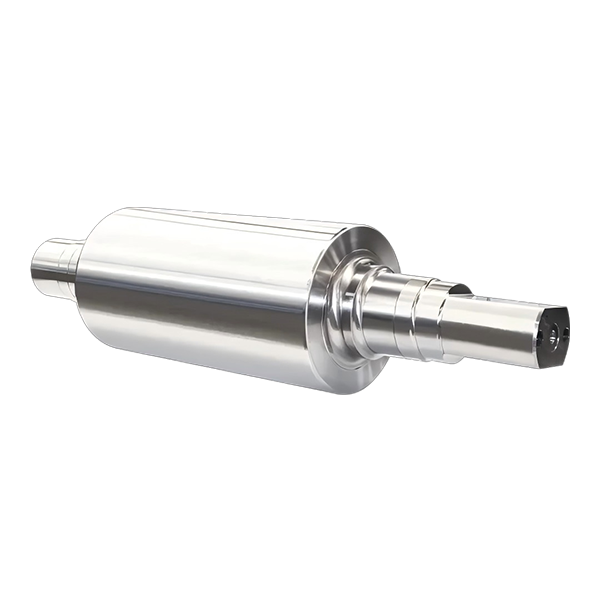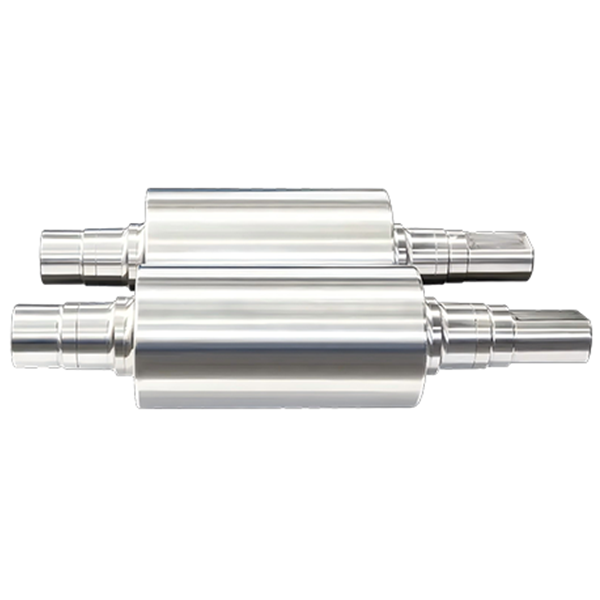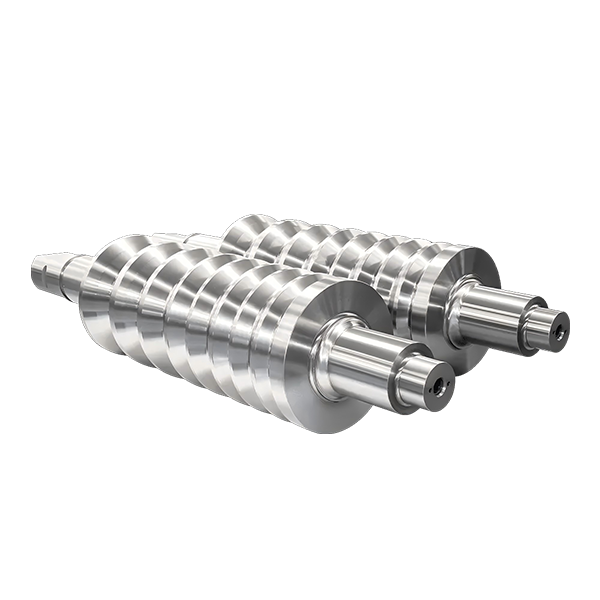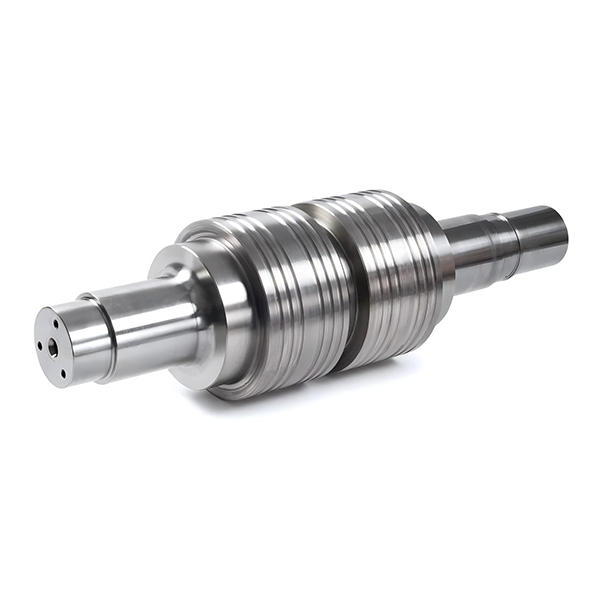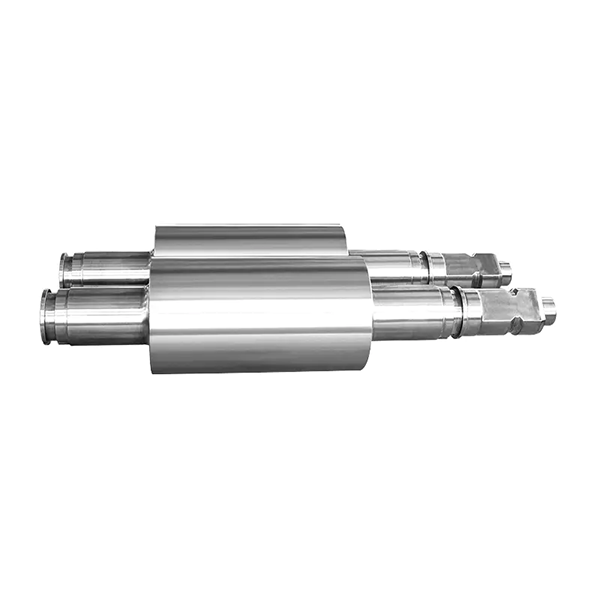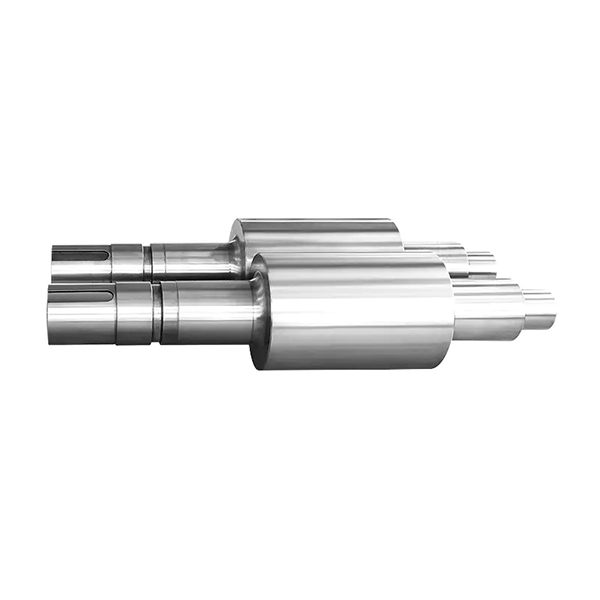In steel production, hot rolling and cold rolling are two fundamental and crucial processing techniques. Steel mills flexibly choose between the two processes based on the product's application, performance requirements and customer demands to achieve the best production efficiency and product performance.
This article will comprehensively compare the differences between hot-rolled steel and cold-rolled steel from the perspective of steel mills, helping customers better understand their performance characteristics and applicable scenarios.
Differences in production processes
In steel mills, hot rolling was the earliest large-scale forming process carried out. After being heated at high temperatures (1100-1250℃), the steel billet undergoes deformation on the rough rolling and finish rolling lines to form the target size. This high-temperature processing method enhances the plasticity of steel and reduces deformation resistance. Therefore, the hot rolling process has a large production capacity and high efficiency, making it suitable for mass production.
Cold rolling is usually a process in which hot-rolled steel is further pressed at room temperature after cooling. Cold rolling equipment needs to have higher rigidity and precision, and its production cost and energy consumption are relatively high. However, cold-rolled products have more accurate dimensions and better surface quality, making it an important processing link for steel mills to target high-end customers.
Performance Comparison
In actual use, steel mills have found that hot-rolled steel and cold-rolled steel have their own emphases in mechanical properties:
In terms of strength, cold-rolled steel exhibits higher yield strength and tensile strength through deformation strengthening.
Plasticity and toughness: Hot-rolled steel has better ductility and impact resistance, making it more suitable for structural components that require forming or welding.
In terms of surface quality and dimensional accuracy, cold-rolled steel is superior to hot-rolled steel and is widely used in industries with extremely high surface requirements such as home appliances and automotive outer panels.
Formability: Hot-rolled steel is easier to form under high-temperature conditions and is suitable for large steel structures such as thick plates and I-beams.
Component Control and Process Design
Steel mills precisely adjust the chemical composition of hot-rolled and cold-rolled products according to the requirements of different products:
Hot-rolled steel can tolerate a certain degree of carbon, sulfur and phosphorus to improve its formability and cost control ability.
Cold-rolled steel is more strictly controlled, with low carbon and impurities, ensuring the stability and consistency of the material's performance.
Manganese has a higher proportion in cold-rolled products, enhancing strength and toughness to meet the demands of high-strength structural components.
Typical Application Scenarios
From the supply experience of steel mills, the two types of steel are highly complementary in application scenarios:
Hot-rolled steel is widely used in the manufacturing of building structures, Bridges, mechanical components, ships and containers.
Cold-rolled steel is commonly found in high value-added fields such as automotive body panels, home appliance panels, and precision stamping parts.
Steel mills will provide treatment methods such as annealing, pickling and oiling according to customer demands to enhance the adaptability of products.
Environmental and Sustainable Development Considerations
Modern steel mills attach great importance to green manufacturing and energy conservation and emission reduction.
The hot rolling line has a large production capacity but high energy consumption. Steel mills reduce environmental protection pressure through waste heat recovery, flue gas treatment and process optimization.
Although the cold rolling process also consumes a lot of energy, it has a high material utilization rate and an excellent yield, which is conducive to reducing resource waste.
In the future, steel mills will continue to promote the automation and intelligence of rolling, and develop more environmentally friendly cooling, lubrication and heat treatment solutions.
Development Trends
With the promotion of new materials such as high-strength steel, new energy vehicle steel and weathering steel, steel mills are constantly innovating hot rolling and cold rolling processes:
The hot rolling direction is moving towards controlled rolling and controlled cooling, ultra-thinning and online quality monitoring.
The cold rolling direction focuses on the development of ultra-high strength steel, the production of laser welded plates, and the optimization of electrical steel.
The introduction of digitalization and AI systems also enables steel mills to achieve full-process quality tracking from raw materials to finished products.
Conclusion
Hot-rolled steel and cold-rolled steel each have their own advantages and complement each other in the production layout of steel mills, forming the core of the modern steel supply system. In the face of diverse market demands, steel mills should give full play to the technical advantages of the two processes to provide higher-quality and more cost-effective steel solutions. In the future, with the deepening of intelligent manufacturing, hot rolling and cold rolling will jointly support the high-quality development of the steel industry.


